It’s been said that March is “in like a lion, out like a lamb,” and thankfully–at least for a few days each week–the latter half of this month has proved the axiom somewhat true, with pleasant weather and sunny days. As we inch toward warmer spring gardening weather and with daylight hours rapidly lengthening, there are some key tasks to accomplish outdoors this in these first weeks of spring—all of which can help scratch your gardening itch.
As the plants around your yard begin to wake up, now is a key time to fertilize many of the shrubs, perennials, and fruit-bearing plants around your yard. For all acid-loving shrubs—namely rhododendrons, azaleas, pieris, camellias, dwarf conifers, and blueberries—feed this month with an acid-based plant food like Espoma Azalea-Tone. For blueberries, strawberries, and raspberries, you can also use Espoma Berry-Tone. For best results, feed berries twice: in early spring before the plants bloom and again later this spring once the plants finish blooming and the fruit begins to form.
For the majority of the other shrubs and perennials you have planted, now is a good time to feed with an all-purpose slow-release plant food like Jack’s Classicote, which will provide a consistent low dose of plant food for 3-4 months. And for fruit trees—which have surged in popularity over the last few years—I recommend feeding with Espoma Tree-Tone, a great organic fertilizer formulated specifically for fruit-bearing trees.
On that subject, late winter and early spring is the ideal time to plant fruit trees, and at Vander Giessen’s, we have our best selection this time of year. Most of the fruit trees available at the nursery are dwarf, topping out at 10-15′ tall; the remainder are semi-dwarf, meaning they’ll top out at 15-18 feet tall. If your garden space is limited to just a tree or two, we have many types of fruit trees available with multiple varieties grafted onto a single tree (for instance, four types of cherry on one tree) and even “fruit salad” types with different species (for example, peaches, plums, apricot, and nectarines) all grafted onto a single trunk! Through mid-April, all of our bare root fruit trees are $10 off the marked prices, so hurry in to enjoy sale pricing on our great selection of trees.
Planting fruit trees in late winter and early spring is quite easy, especially if you can buy the trees bare root in the months while they’re still dormant. Bare root trees have no bulky root ball or heavy pot to maneuver; rather, the trees are loosely stored in sawdust or mulch at the nursery and will have their bare roots bagged upon purchase, at which point you can easily transport them home and directly into the ground. Mix some Bio-Tone Starter fertilizer into the soil at planting or soak with a starter solution like Bonide Root & Grow after they’re in the ground and watch your fruit trees take off once warmer spring weather arrives.
Next, it’s time to tackle early spring lawn care. With longer days and slightly warmer weather, moss is beginning to take off, and you’ll want to kill it before it takes over your lawn. Start with a dose of iron—either generic ferrous sulfate or Bonide MossMax work great—then follow up a week later with a generous helping of fast-acting lime to raise your soil pH and improve soil conditions for a healthy lawn. Later this month feed with Scotts Turf Builder with Moss Control fertilizer to thicken your turf, and you’ll be well on the way to a lush, healthy yard. At Vander Giessen’s, we carry all the products in our recommended 3-Step Moss Control Program and can help with the advice you need to get your lawn back in shape for spring and summer.
Finally, if the planting itch is getting too hard to not scratch but you’re not in the market for fruit trees, check out the selection of spring-blooming plants starting to arrive at the nursery. Pieris, dwarf forsythia, candytuft, lilacs…there’s such an abundance of color just about ready to burst into bloom. And after the doldrums of winter, we can all use the pick-me-up of seeing spring flowers!
As we inch toward dependably-warmer spring weather, let’s find ways to get started out in the garden. After all, it’s easier to scratch that spring itch with a little dirt under your fingernails.


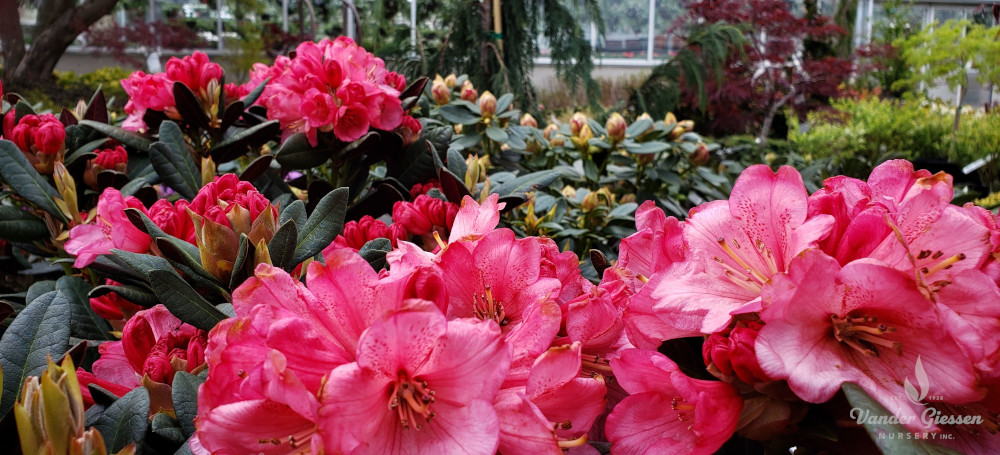
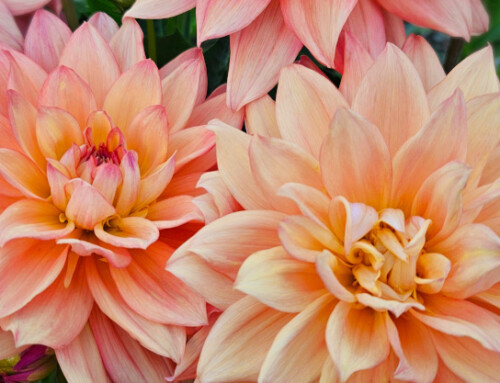
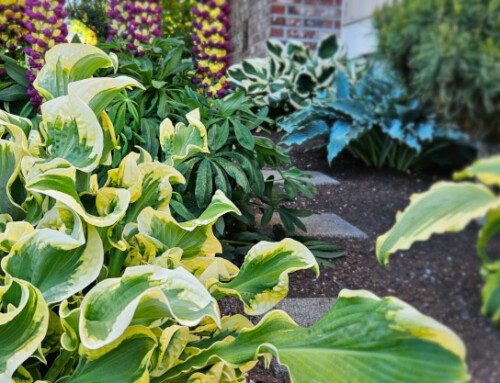
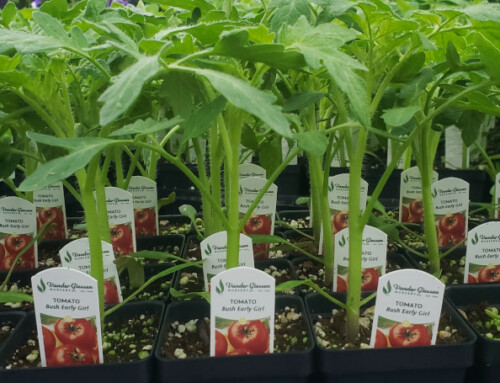
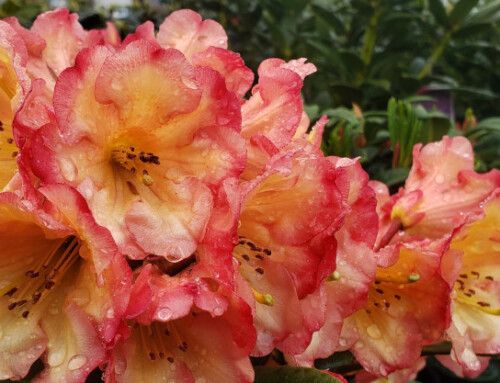
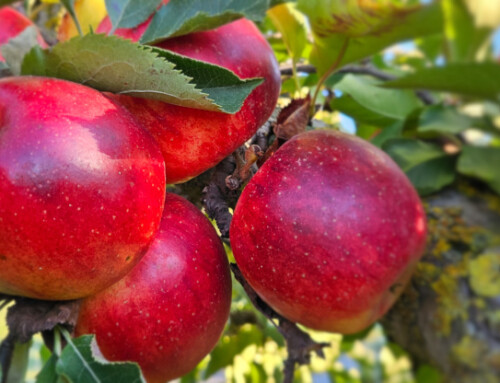
Leave A Comment